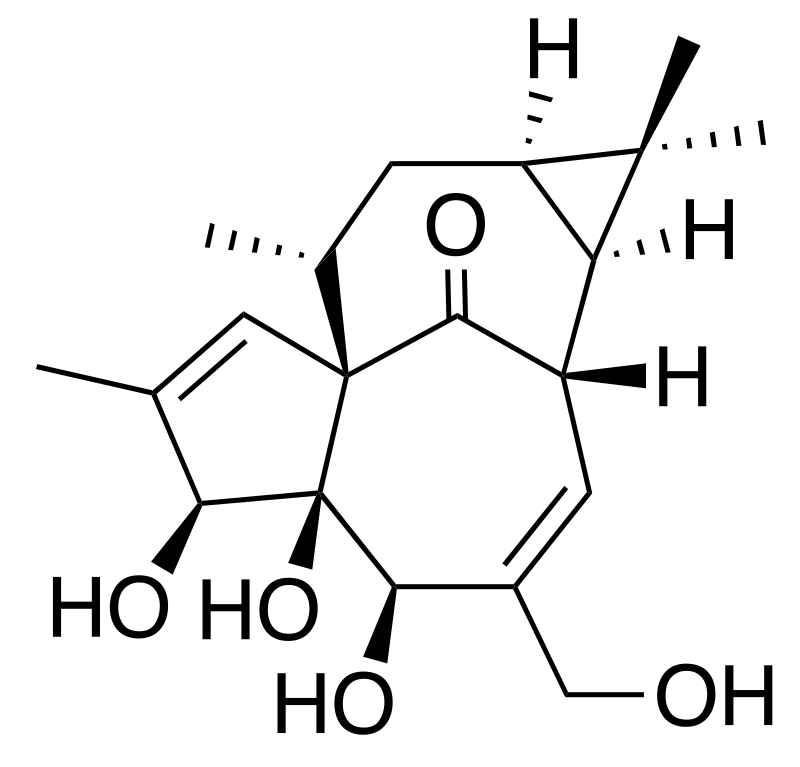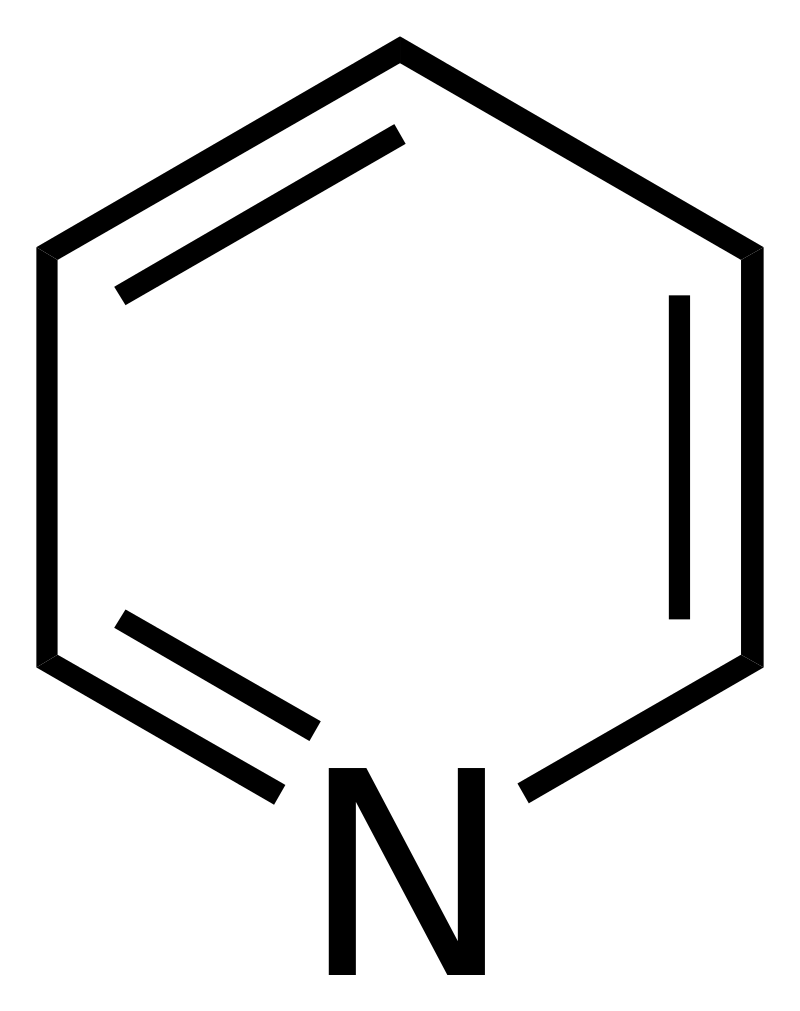The key difference between carbocyclic and heterocyclic is that carbocyclic chemical structures are cyclic structures consisting of only carbon atoms in the cyclic part, whereas heterocyclic chemical structures consist of carbon atoms and some non-carbon atoms in the cyclic part.
Carbocyclic and heterocyclic organic structures are organic compounds that contain cyclic parts in the molecule. They differ from each other according to the type of atoms that make up their cyclic part. These compounds can be either aromatic compounds or non-aromatic.
A cyclic compound is a chemical structure with one or more series of atoms in the compound, and these atoms are connected in terminals to form a ring. According to the number of atoms in the ring structure, the size of the cyclic compound may vary.
CONTENTS
1. Overview and Key Difference
2. What is Carbocyclic
3. What is Heterocyclic
4. Carbocyclic vs Heterocyclic in Tabular Form
5. Summary – Carbocyclic vs Heterocyclic
What is Carbocyclic?
Carbocyclic or homocyclic organic compounds are chemical structures consisting of cyclic parts that are made only of carbon atoms. It is the opposite of heterocyclic structures. Although the majority of carbocyclic compounds are organic, some of them can be inorganic compounds as well, according to the other atoms present in the compound and the buildup of the molecule. Ingenol is a carbocyclic compound, as shown in the following figure. It consists of only carbon atoms making up the ring structure.

Figure 01: Chemical Structure of Ingenol
What is Heterocyclic?
Heterocyclic organic compounds are chemical structures consisting of cyclic parts that are made of both carbon atoms and some other atoms, such as oxygen and nitrogen. Alternatively, we can name these compounds as inorganic cyclic compounds. Some examples include siloxanes, borazines, etc. These compounds have more than one type of atom in the ring structure. In regular use, we normally name these compounds in common terms rather than the chemical names because the chemical names can be complicated depending on the type of atoms in the molecule.

Figure 02: Structure of Pyridine
As shown in the above image, Pyridine is a heterocyclic molecule consisting of carbon atoms and a nitrogen atom making up the ring structure.
What is the Difference Between Carbocyclic and Heterocyclic?
Carbocyclic or homocyclic organic compounds are chemical structures consisting of cyclic parts that are made only of carbon atoms. Heterocyclic organic compounds are chemical structures consisting of cyclic parts that are made of both carbon atoms and some non-carbon atoms such as oxygen, nitrogen, etc. Therefore, the key difference between carbocyclic and heterocyclic is that carbocyclic chemical structures are cyclic structures consisting of only carbon atoms in the cyclic part, whereas heterocyclic chemical structures consist of carbon atoms and some non-carbon atoms in the cyclic part. Cycloalkanes, cycloalkenes, and complicated compounds such as ingenol are examples of carbocyclic structures whereas pyridine, pyrimidine, etc. are heterocyclic structures.
The following table summarizes the difference between carbocyclic and heterocyclic structures.
Summary – Carbocyclic vs Heterocyclic
Carbocyclic and heterocyclic organic are structures that contain cyclic parts in the molecule. They differ from each other according to the type of atoms that make up the cyclic part. These compounds can be either aromatic or non-aromatic. The key difference between carbocyclic and heterocyclic is that carbocyclic chemical structures are cyclic structures consisting of only carbon atoms in the cyclic part, whereas heterocyclic chemical structures consist of carbon atoms and some non-carbon atoms in the cyclic part.
Reference:
1. “Cyclic Compounds.” An Overview | ScienceDirect Topics.
2. “Classification of Organic Compounds.” Vedantu, 17 Aug. 2020.
3. “Cycloalkanes – Cycloalkane Formula, Properties & Uses with Examples.” BYJU’S, 31 Mar. 2021.
Image Courtesy:
1. “Ingenol” By Charlesy (talk · contribs) – Own work (Public Domain) via Commons Wikimedia
2. “Pyridine” By Calvero. – Selfmade with ChemDraw. (Public Domain) via Commons Wikimedia
ncG1vNJzZmivp6x7pbXFn5yrnZ6YsqOx07CcnqZemLyue9ahmK1lmah6tbTEZpuinpaav6a6wp5km52krLKmuoycmKuan5jGpLjInGSappRitabAxKumnLGTobakew%3D%3D